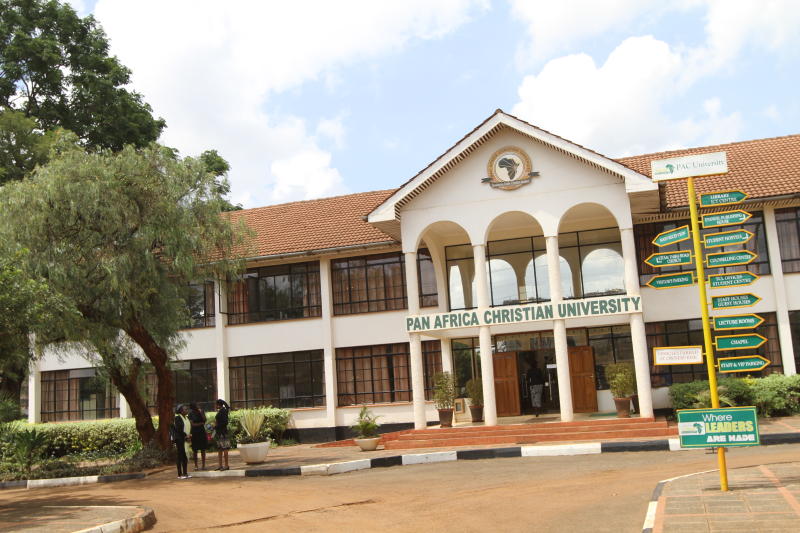×
The Standard e-Paper
Informed Minds Prefer The Standard

The well paved drive leading to the arched high metal gates create a sense of calmness in the Pan African Christian University.
However, long before the university, which is off the Thika Super Highway, rose to be a citadel of higher learning, it was a mere institute, which turned into a theatre of high drama that has changed Kenya’s political landscape.